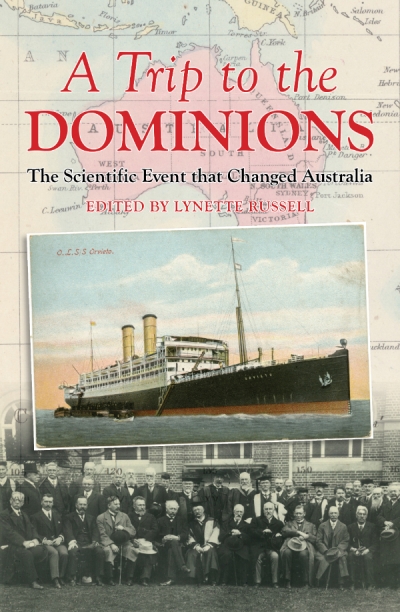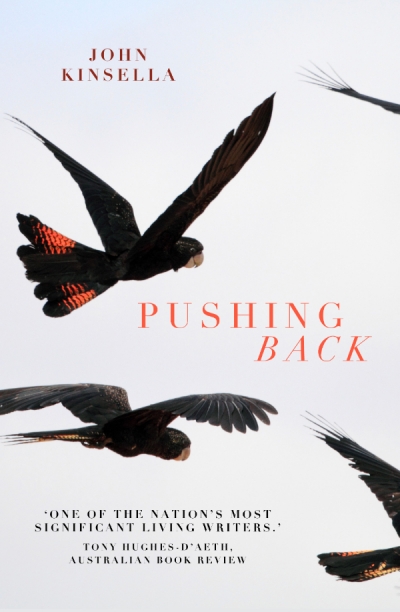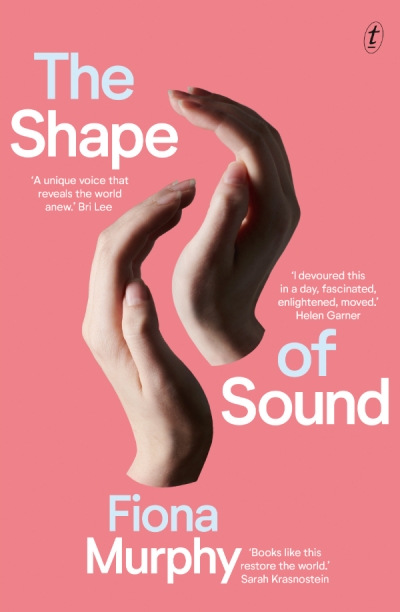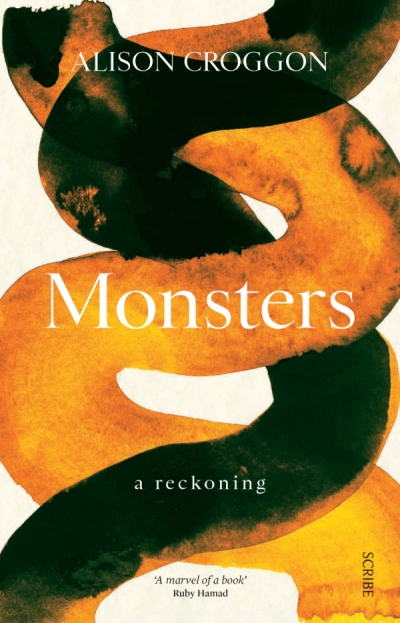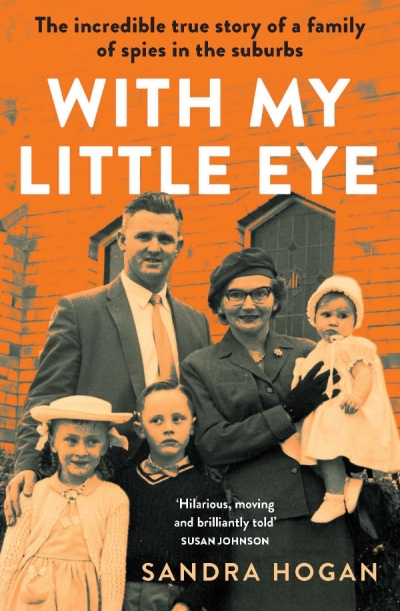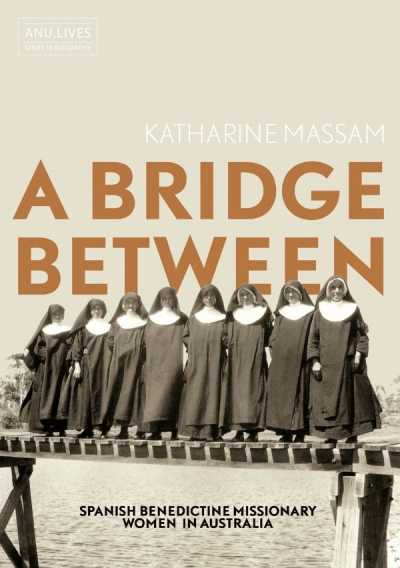VIC contributor
A Trip to the Dominions: The scientific event that changed Australia edited by Lynette Russell
President Joe Biden has given cause to hope that the position of Science Advisor to the President of the United States might be returned to a position of influence after years of neglect under Donald Trump’s presidency. Biden nominated Eric Lander of MIT and, for the first time, elevated the advisor’s role to a Cabinet-level position. Lander will also sit on the National Science and Technology Council (NSTC), which coordinates science and technology policy across the various federal research and development agencies, and which is chaired by the president.
... (read more)These three new poetry collections are works by established poets at the top of their game in terms of poetic craft and the honing of insights into both life and art. These are voices developed across a significant number of previous collections, allowing for an emergence of innovation, confidence, and ease of style and mood.
... (read more)Oliver Driscoll’s note on his first book I Don’t Know How That Happened (Recent Work Press, $19.95 pb, 74 pp) praises the inclusive flatness of David Hockney’s still life paintings, and it is to this inclusiveness that his poems and prose pieces aspire. Droll reported speech creates a comic atmosphere but also moves into Kafkaesque alienation where nothing seems to follow any pattern.
... (read more)To survey concurrent works of art is to take the temperature of a particular time, in a particular place. And the temperature of the time and place in these four début Australian novels? It is searching for a sense of belonging, and, at least in part, it’s coming out of western Sydney in the wake of the 2005 Cronulla riots. All four novels are set in New South Wales, three of them in suburban Sydney. Each is concerned with who is entitled to land and the stories we tell while making ourselves at home in the world, sometimes at the expense of others.
... (read more)
